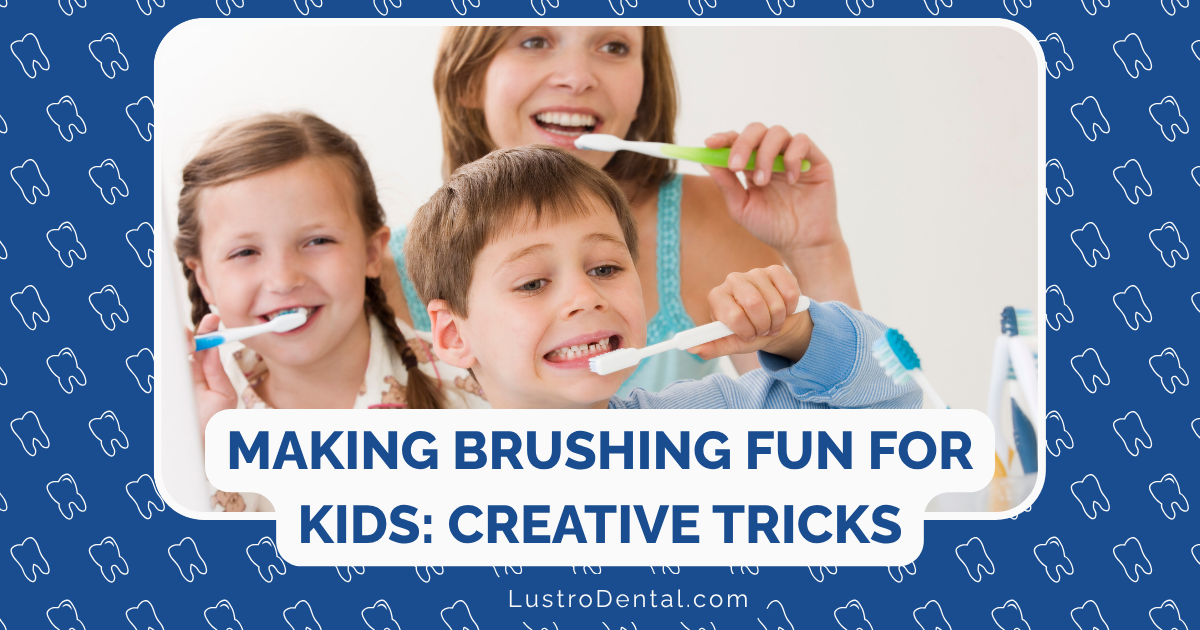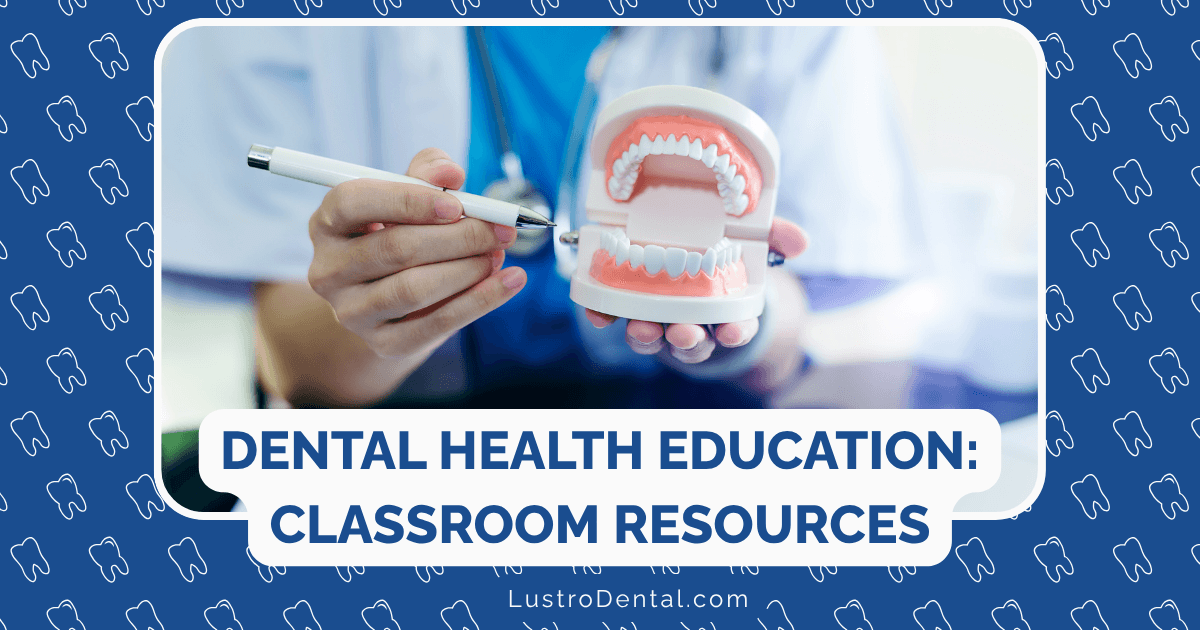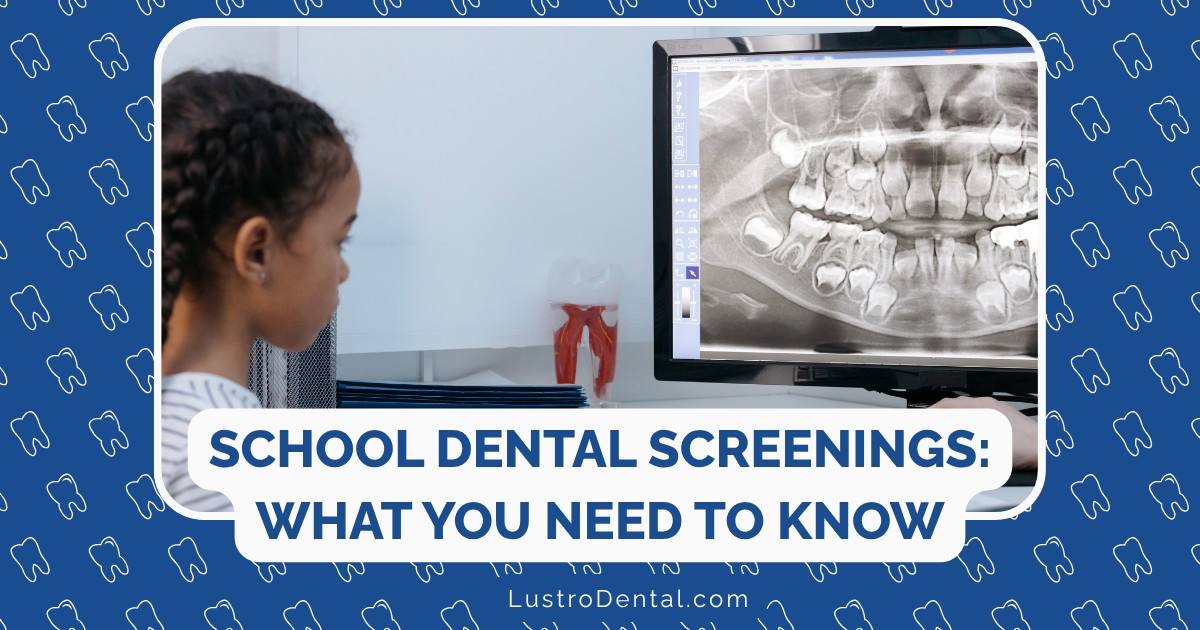Making Brushing Fun: Creative Approaches That Actually Work

“Brush your teeth!”
For many parents, this simple phrase triggers an immediate sense of dread. The negotiations. The tears. The flat-out refusals. If turning toothbrushing into a twice-daily battle has you exhausted, you’re not alone.
The good news? Brushing doesn’t have to be a struggle. With the right approach, this essential health habit can transform from a dreaded chore into something your child actually looks forward to. As a dental health advocate, I’ve gathered the most effective, creative approaches that real parents and dental professionals swear by—techniques that not only make brushing fun but also establish healthy habits that will benefit your child for life.
Why Traditional Approaches Often Fail
Before diving into solutions, let’s understand why getting kids to brush can be so challenging:
- Young children don’t understand the long-term consequences of poor oral hygiene
- The recommended two minutes feels like an eternity to a child
- The sensation of brushing can be uncomfortable or overstimulating for some kids
- Children naturally seek control and may resist parent-directed activities
- Abstract concepts like “preventing cavities” aren’t motivating for concrete thinkers
The key to success lies in working with these realities rather than against them. Let’s explore creative approaches that address these challenges head-on.
Tech-Powered Brushing: Apps and Gadgets That Work
In today’s digital world, technology offers powerful tools to transform brushing from boring to brilliant.
Augmented Reality Brushing Apps
Augmented reality (AR) apps overlay digital elements onto the real world through your smartphone camera, creating an immersive experience that captivates kids.
Pokémon Smile has revolutionized brushing for many families. This free app uses your phone’s camera to show your child fighting cavity-causing bacteria (visualized as cute but mischievous creatures) with their toothbrush. Successful brushing rewards kids with the chance to catch Pokémon. The app tracks brushing movements and ensures all areas of the mouth receive attention.
“My son went from hiding under the bed at brushing time to asking if he could brush his teeth,” shares Maria, mother of a 5-year-old. “He’s caught 43 Pokémon so far and knows exactly how many more he needs for his collection.”
Other standout AR brushing apps include:
- Brush Monster: Uses AR technology to guide children through each section of their mouth with colorful monsters
- hum kids by Colgate: Turns brushing into a 2-minute game with unlockable levels and a parent dashboard to monitor progress
- Vivarra Dental: Features 12 AR experiences that answer common dental questions while making brushing engaging
Smart Toothbrushes
Smart toothbrushes connect to apps via Bluetooth to track brushing habits and provide real-time feedback.
The Philips Sonicare for Kids Connected pairs with an app featuring a character named Sparkly who gets happier as children brush better. The brush vibrates when it’s time to move to a different quadrant of the mouth, teaching proper technique while making it fun.
“The investment in a smart toothbrush was absolutely worth it,” notes Dr. Sarah Johnson, pediatric dentist at Children’s Dental Health. “I can immediately tell which of my patients use them by how thoroughly they’re brushing.”
Timer Apps and Videos
Even without specialized equipment, timer apps can transform brushing time:
- Brush DJ: Plays two minutes of music from your library while showing animated demonstrations of proper brushing techniques
- Disney Magic Timer: Reveals a Disney, Marvel, or Star Wars image as kids brush, motivating them to complete the full two minutes
- Chompers: A podcast with jokes, stories, and songs designed specifically for brushing time
Sensory Strategies: Making Brushing Physically Fun
For many children, especially those with sensory sensitivities, the physical experience of brushing can be uncomfortable. These approaches make the sensory aspects more appealing:
Toothpaste Adventures
Standard mint toothpaste can be overwhelming for young taste buds. Fortunately, kid-friendly options have expanded dramatically:
- Fruit flavors like strawberry and watermelon
- Bubble gum and cotton candy varieties
- Character-themed toothpastes that change color
- Natural options with milder flavors
“Let your child select their toothpaste flavor,” suggests Dr. Michael Chen of Bright Smiles Pediatric Dentistry. “When they have ownership over the choice, they’re more invested in using it.”
Just ensure any toothpaste you choose contains fluoride and has the American Dental Association (ADA) seal of approval.
Toothbrush Transformation
The humble toothbrush has evolved far beyond the basic manual stick:
- Character brushes: Featuring everything from superheroes to princesses
- Light-up brushes: With flashing timers that make brushing time visual
- Musical brushes: That play songs for the recommended two minutes
- Electric brushes with characters: Combining novelty with more effective cleaning
- Toothbrush Toys: Innovative brushes that combine characters, animations, and built-in timers
“My daughter refused to brush until we got her a brush that lights up and plays the ‘Baby Shark’ song,” says Thomas, father of a 3-year-old. “Now she asks to brush her teeth every night.”
Sensory-Friendly Adaptations
For children with sensory processing differences, these modifications can make brushing more comfortable:
- Vibrating toothbrushes: Some children find the consistent vibration soothing
- Pressure-indicating brushes: That light up if too much pressure is applied
- Silicone finger brushes: For children who can’t tolerate traditional brushes
- Three-sided toothbrushes: That clean multiple surfaces simultaneously, reducing brushing time
- Warm water rinses: Instead of cold water, which can be jarring
Storytelling and Imagination: The Power of Play
Children live in a world of imagination. Tapping into their natural creativity can transform brushing from a chore into an adventure.
Character-Driven Narratives
Create stories where brushing plays a central role:
- The Tooth Defenders: Your child becomes a superhero fighting against “Cavity Monsters”
- Tooth Fairy Training: Regular brushing is preparation for eventually giving teeth to the Tooth Fairy
- Jungle Expedition: The toothbrush explores the “jungle” of teeth, clearing paths through the wilderness
- Tooth Kingdom: Each tooth is a tiny castle that needs cleaning to stay strong
“We pretend my son’s mouth is a car wash and his teeth are dirty cars,” explains Jamal, father of a 4-year-old. “The toothbrush is the washing machine that makes them sparkly clean. He loves making car noises as we brush each ‘vehicle.'”
Puppet Power
Puppets can be powerful allies in making brushing fun:
- Get a puppet with visible teeth (or make one from a sock)
- Demonstrate brushing on the puppet first
- Let your child practice on the puppet
- Have the puppet “inspect” your child’s brushing and give encouragement
“Our alligator puppet ‘Chompy’ has revolutionized our brushing routine,” shares Emily, mother of twins. “The kids brush Chompy’s teeth, then Chompy helps brush theirs. They giggle through the entire process.”
Special Brushing Friends
Designate a special stuffed animal or toy as a “brushing buddy”:
- The toy gets its teeth brushed first
- Then it “helps” brush your child’s teeth
- The toy can provide encouragement and praise
- Some companies even make stuffed animals with their own toothbrushes
Music and Movement: Rhythmic Approaches
Music engages different parts of the brain and can make time pass more quickly while making activities more enjoyable.
Brushing Playlists
Create a special playlist of two-minute songs exclusively for brushing time:
- Choose upbeat, energetic songs that encourage movement
- Select songs with natural breaks at 30-second intervals to signal when to switch quadrants
- Include songs with brushing-related lyrics when possible
- Rotate songs regularly to keep the experience fresh
Popular brushing songs include:
- “Brush Your Teeth” by Raffi
- “This Is The Way We Brush Our Teeth” (to the tune of “Here We Go Round the Mulberry Bush”)
- “Toothy Tunes” by Sesame Street
Dance While You Brush
Who says brushing has to be stationary? Try:
- Silly dance moves while brushing (with supervision to ensure safety)
- Follow-the-leader movements where you demonstrate and your child copies
- “Freeze dance” where you pause brushing when the music stops, then resume when it starts again
“We do what we call ‘brush and boogie’ in our house,” says Latisha, mother of three. “We put on a favorite song and dance around the bathroom while brushing. My kids actually look forward to it now.”
Reward Systems: Motivation That Works
While intrinsic motivation is the ultimate goal, reward systems can be effective bridges to establishing habits.
Visual Tracking Systems
Create visual representations of brushing success:
- Brushing calendars: With stickers for each successful brushing session
- Tooth-shaped charts: That get colored in after each brush
- Progress posters: Showing a character moving along a path toward a goal
- Marble jars: Add one marble for each brushing session; when full, earn a reward
“We created a ‘Cavity Fighters’ chart with our kids’ favorite superheroes,” explains Carlos, father of two. “Each successful brushing earns them a sticker. After collecting 14 stickers in a week, they get to choose a small reward.”
Non-Material Rewards
Not all rewards need to be toys or treats:
- Extra screen time on the weekend
- Choosing the family movie or meal
- A special outing to a favorite park
- Being the “leader” for the day
- Special one-on-one time with a parent
“In our family, the weekly ‘Brushing Champion’ gets to be the first to share at dinner and chooses our weekend activity,” shares Aisha, mother of four. “The kids are incredibly motivated by having this special recognition and privilege.”
Social Approaches: The Power of Connection
Humans are social creatures, and this can be leveraged to make brushing more appealing.
Family Brushing Parties
Turn brushing into a family event:
- Everyone brushes together
- Play music that everyone enjoys
- Make funny faces in the mirror together
- Create a special family brushing dance or chant
“We have ‘Toothy Time’ every morning and night where all four of us brush together,” says Miguel, father of two. “We make silly faces in the mirror and see who can make the most bubbles. The kids love it because it’s quality time together, not just a hygiene task.”
Video Call Brushing
For children with distant relatives or friends:
- Schedule occasional video calls during brushing time
- Brush “together” with grandparents, cousins, or friends
- Create friendly competitions or challenges
“My daughter resisted brushing until we started occasional FaceTime brushing sessions with her cousins,” notes Priya, mother of a 5-year-old. “Now she asks if she can ‘brush with Auntie’ on nights when she’s feeling particularly resistant.”
Environmental Modifications: Setting the Stage
Sometimes, changing the environment can transform the brushing experience.
Bathroom Makeovers
Create a bathroom space that makes brushing appealing:
- A colorful step stool to reach the sink comfortably
- A special cup or water dispenser just for rinsing
- A timer that’s visually engaging (like a sand timer with colorful sand)
- A special toothbrush holder that makes putting the brush away fun
Sensory Enhancements
Appeal to multiple senses:
- Use color-changing bathroom lights
- Play calming background sounds or white noise
- Use scented (but mild) soaps that make handwashing before brushing pleasant
- Consider textured mats or rugs that feel good on little feet
When to Seek Professional Help
While these strategies work for most children, some may have deeper issues with brushing:
- Extreme sensory sensitivities that make brushing consistently painful
- Developmental differences that affect motor planning or coordination
- Severe anxiety around oral care
- Physical differences in the mouth that make standard brushing difficult
If your child continues to struggle despite trying multiple approaches, consider consulting:
- A pediatric dentist specializing in behavioral challenges
- An occupational therapist with experience in oral sensory issues
- A child psychologist if anxiety seems to be the primary barrier
Conclusion: Consistency with Creativity
The most effective approach to making brushing fun combines consistency with creativity. Children thrive on routine but engage through novelty. By establishing a regular brushing schedule while continuously introducing fresh, engaging elements, you can transform this essential health habit from a battleground into a highlight of your child’s day.
Remember that your ultimate goal isn’t just clean teeth today—it’s establishing lifelong habits that will protect your child’s smile for decades to come. The creativity and patience you invest now will pay dividends in your child’s future oral health.
What creative approaches have worked for your family? Share your success stories in the comments below!







